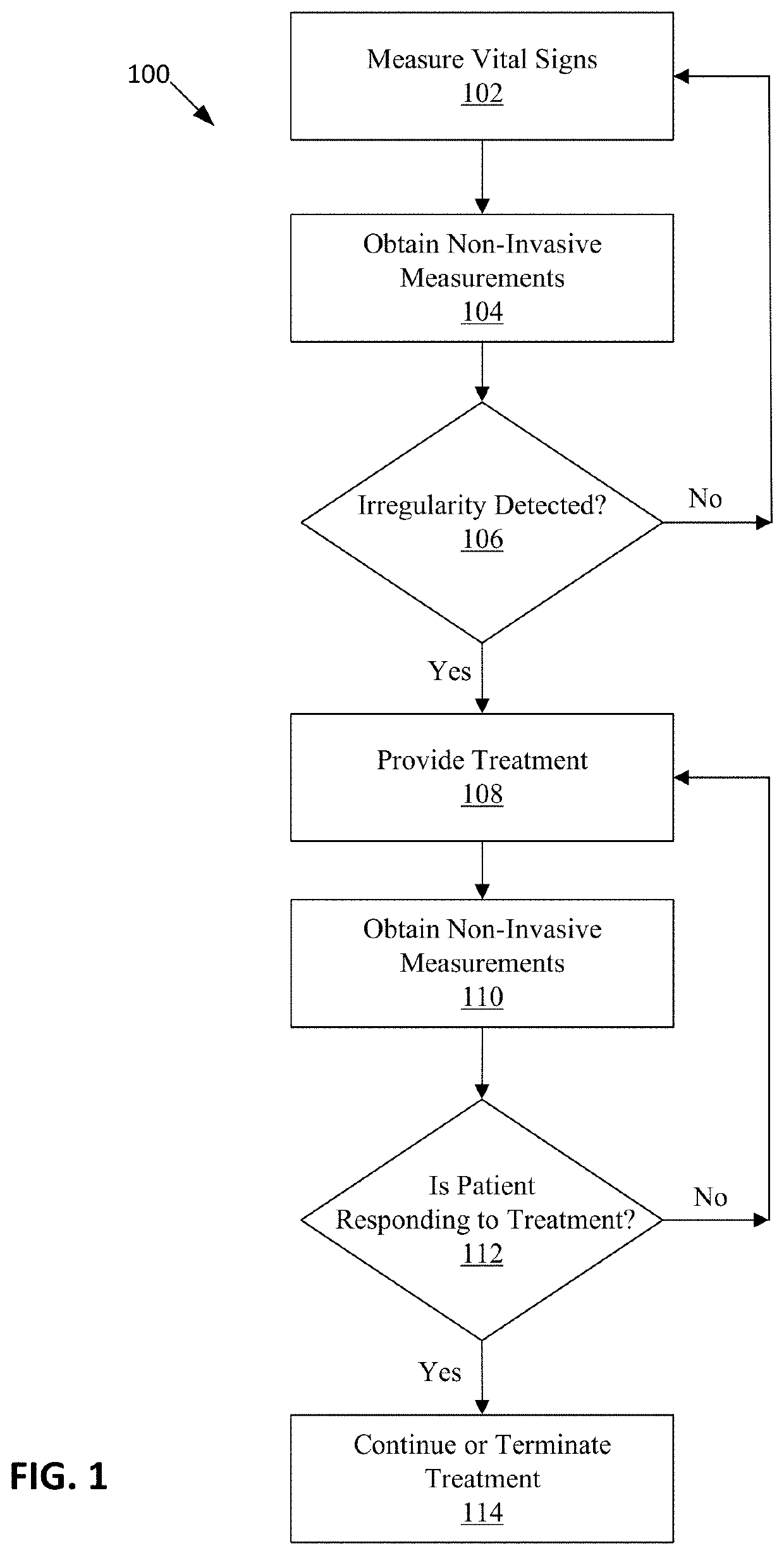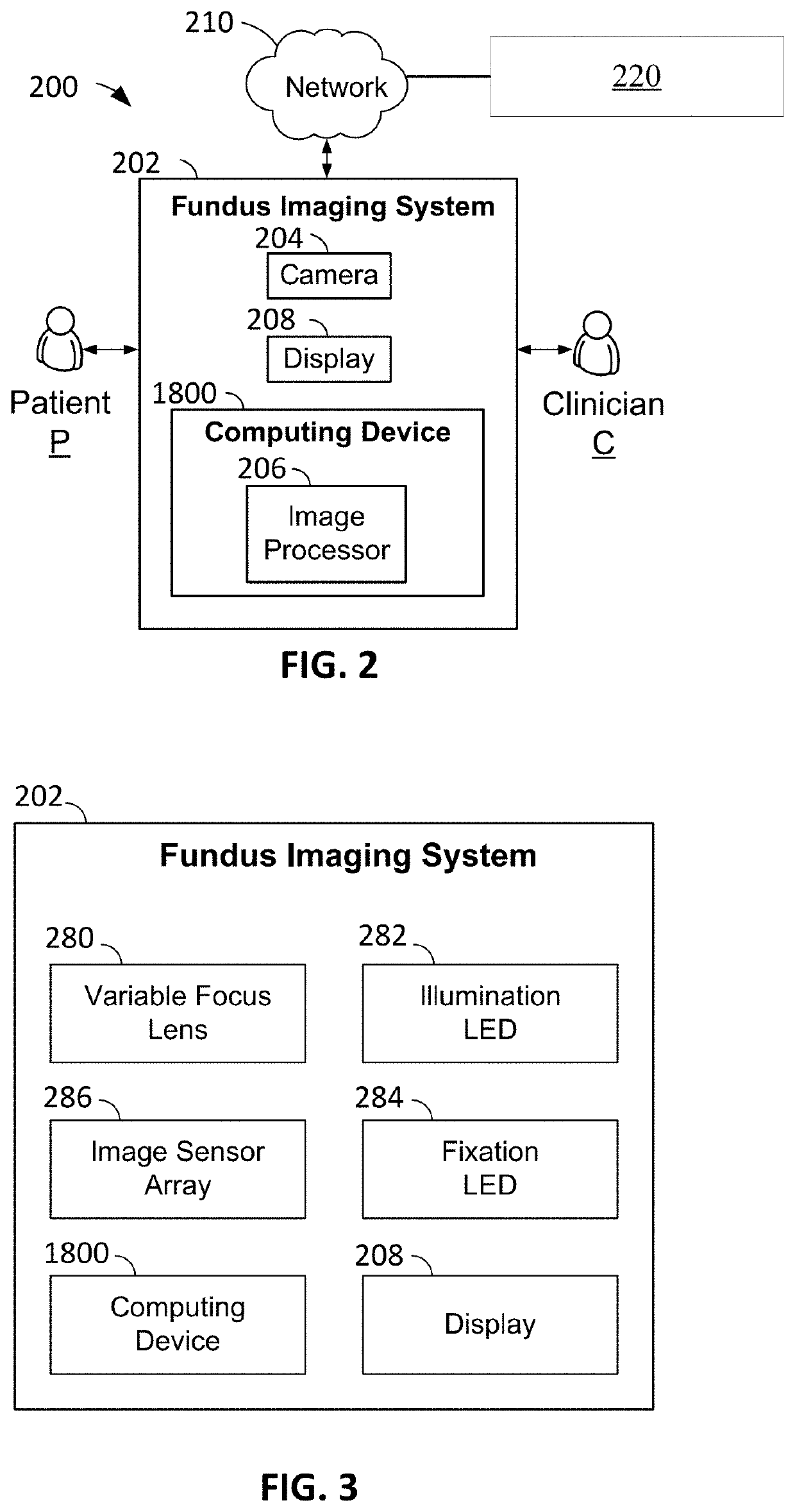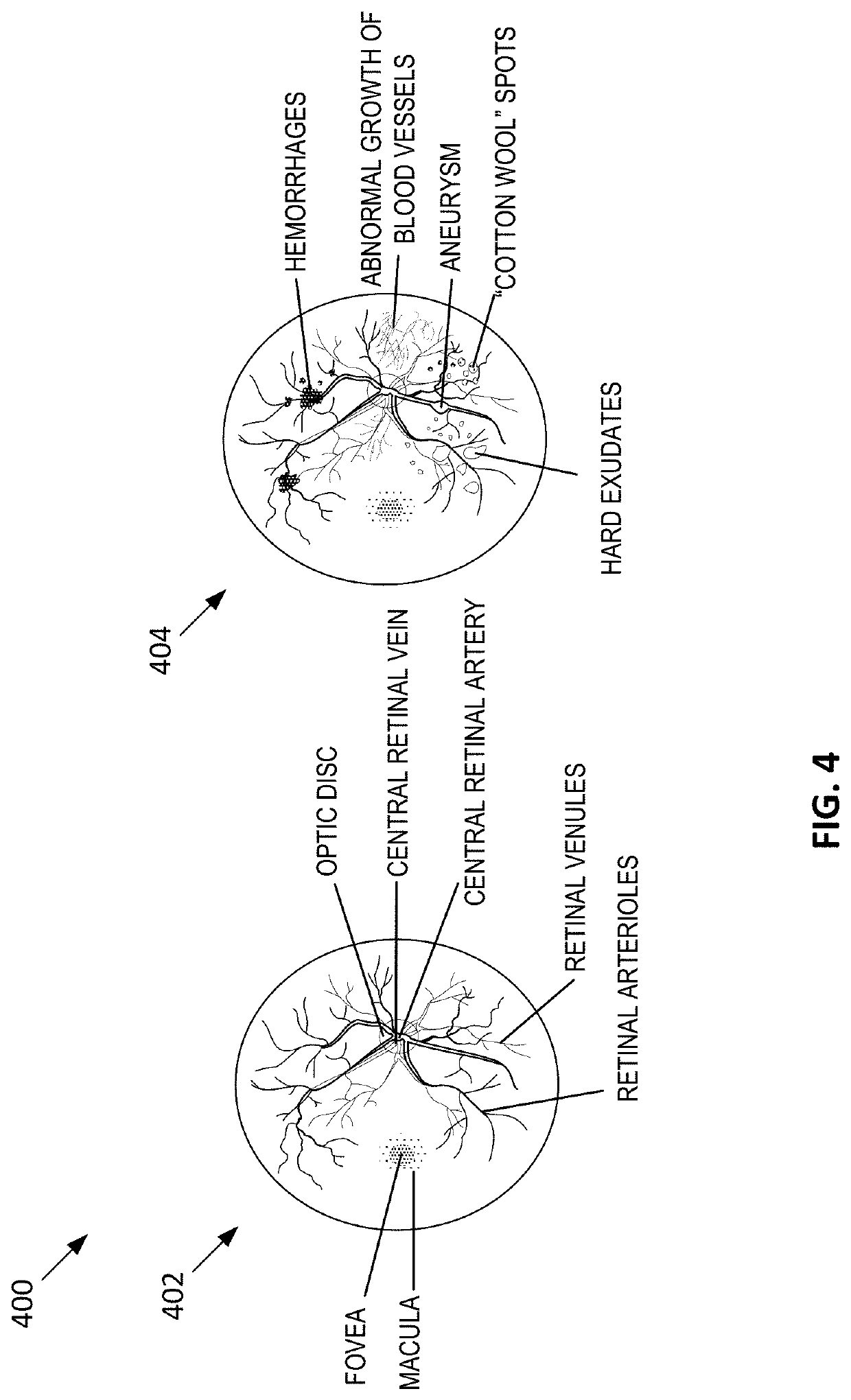Sepsis detection and monitoring
a technology for sepsis and detection and monitoring, applied in the field of sepsis detection and monitoring, can solve the problems of difficult to distinguish sepsis from other diseases, increase the risk of dying, and life-threatening sepsis, and achieve the effect of maximizing the strength of optical signals
- Summary
- Abstract
- Description
- Claims
- Application Information
AI Technical Summary
Benefits of technology
Problems solved by technology
Method used
Image
Examples
Embodiment Construction
[0045]FIG. 1 illustrates a method 100 of detecting and monitoring sepsis. The method 100 includes measuring vital signs (Step 102); obtaining non-invasive measurements (Step 104); determining if an irregularity is detected (Step 106); providing treatment (Step 108); obtaining additional non-invasive measurements during treatment (Step 110); determining whether a septic patient is responding to treatment (Step 112); and continuing or terminating treatment (Step 114).
[0046]Referring now to Step 102, vital sign measurements are obtained from a vital signs monitor such as a Connex® spot monitor available from Welch Allyn Inc., Skaneateles Falls, N.Y. In one example embodiment, heart rate variability is measured in Step 102 because heart rate variability has been shown to decrease before the clinical onset of sepsis. Heart rate variability is a measure of the variation in time between each heartbeat. If a decrease in heart rate variability is detected, the rate of acquiring the vital sig...
PUM
 Login to View More
Login to View More Abstract
Description
Claims
Application Information
 Login to View More
Login to View More - R&D
- Intellectual Property
- Life Sciences
- Materials
- Tech Scout
- Unparalleled Data Quality
- Higher Quality Content
- 60% Fewer Hallucinations
Browse by: Latest US Patents, China's latest patents, Technical Efficacy Thesaurus, Application Domain, Technology Topic, Popular Technical Reports.
© 2025 PatSnap. All rights reserved.Legal|Privacy policy|Modern Slavery Act Transparency Statement|Sitemap|About US| Contact US: help@patsnap.com



